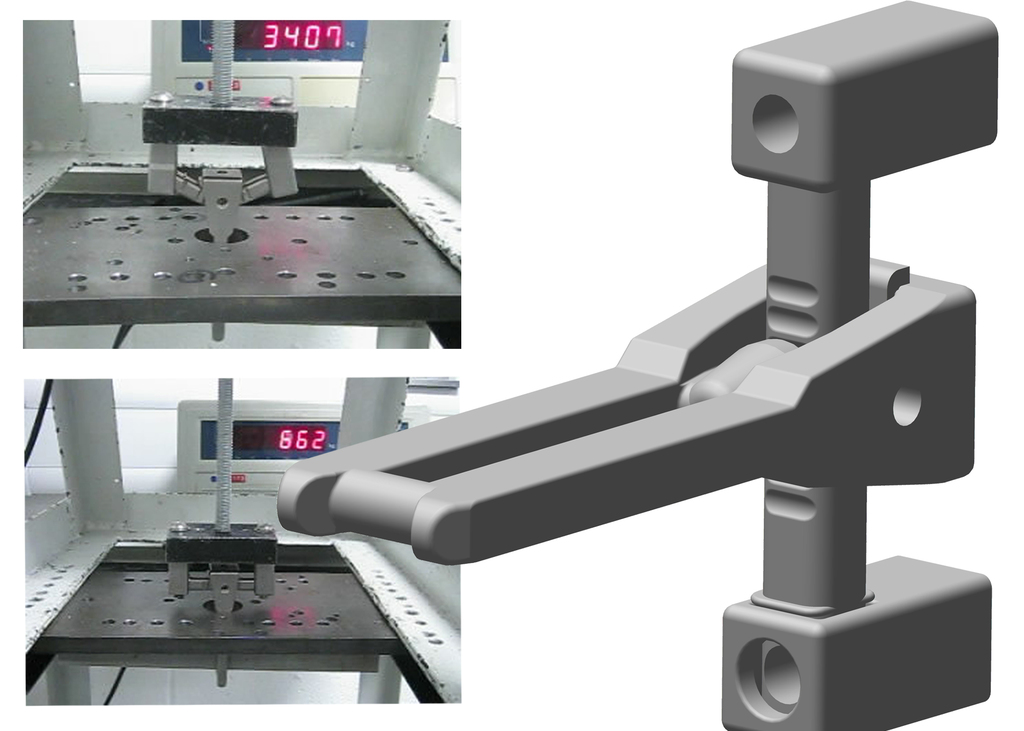

|
Edward Lowton
Editor |


|
| Home> | Health, Safety & Welfare | >Plant and machinery safety | >Interlocks and PLe applications |
Interlocks and PLe applications
06 January 2015
There is a lot of interest in whether redundancy is required when it comes to interlock actuators. This debate gained momentum in 2012 by the inclusion of a note in table D8 in 13849-2-2012. Rob Lewis, MD of Fortress Interlocks, comments

The note in table D8 in 13849-2-2012 reads: ‘For PLe a fault exclusion for mechanical (e.g. the mechanical link between actuator and contact element) and electrical aspects is not allowed. In this case redundancy is necessary’.
Now that EN ISO 14119 (The Interlock standard) has been published, it adds to the debate with the following two paragraphs in section 8 with relation to ‘Assessments of faults’ and ‘Fault Exclusions’: ‘Where an interlock system requires PLr e……... In order to achieve this it is normally not justifiable to exclude faults, such as broken actuators.’
‘There should be a proper selection of the device ensuring that the holding force (Fzh – see 5.7.4) of the guard locking device is sufficient…….. In this case the use of fault exclusion for breakage of the locking element does not necessarily limit the PL or SIL for the guard locking function.’
So what does this mean?
Clearly there is variability in what the standards say about fault exclusions, with statements ranging from ‘not allowed’ through ‘normally not justifiable’ to ‘not necessarily limit’. However the common thread is: The possibility of actuators breaking must be considered very carefully for PLe applications.
With a typical interlock this is fully understandable, as it is not uncommon for actuators to break, leaving the interlock in a fail-to-danger condition.
When designing the Fortress amGard Pro heads and actuators, the objective was to create an indestructible product to meet the interlock standard. With all loadbearing components manufactured from over-dimensioned cast stainless steel, the amGard Pro actuator is said to absorb more than 50 times the energy of a typical actuator, and the head remains attached beyond loads of 4000kg. The result is a unit with strength beyond that of the hinges, fittings and even the guarding itself.
It is this over-dimensioning, rigorous testing and data from 3 billion hours of in-service use which allows Fortress to recommend the amGard Pro as a PLe interlock without requiring a secondary interlock.
For PLe applications careful consideration must be given to the actuator. If a normal pressed actuator is to be used then, in all but the lightest duty applications, Fortress says a secondary interlock should be used. Alternatively an interlock which incorporates an actuator and a separate non-contact sensor could be used. The Fortress amGard Pro interlock provides a simple solution to achieving a PLe rating.
- Simplified switchgear interlocking
- Ethernet communications added to interlocks
- Holding firm in impact test
- Sole UK distributor
- Intelligent interlocks
- Safety gate switches: Configuration aid
- Customisable solutions
- Interlock switches get TÜV SÜD certification
- Modular stop
- Interlock switches for high purity applications

















